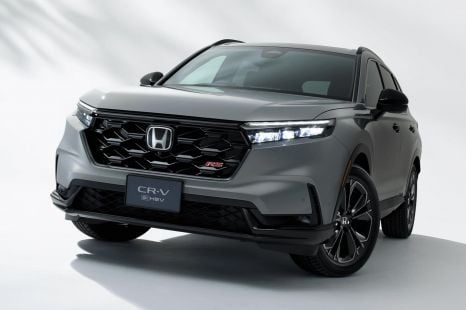

James Wong
Honda Australia: CR-V should be number one in segment, Japan previews incoming updates
13 Hours Ago

Senior Contributor
Toyota Australia has no fixed plan to launch plug-in hybrid vehicles (PHEVs) such as the popular-overseas RAV4 Prime, citing the technology’s high cost and the added complexity of charging as deterrents.
But it also says it doesn’t oppose PHEVs and will “inevitably” offer them down the line as part of a broader hybrid, battery electric, and hydrogen fuel-cell mix designed to help slash its emissions by 2030 in line with industry-wide aspirations explained here.
This re-iteration means Toyota will launch its first fully electric vehicle (EV) – the RAV4-sized ‘bZ4X’ crossover slated to launch in Japan by mid-2022 and Australia as soon as late next year – before its first plug-in hybrid, reflecting Australian consumer sentiments where EV demand outstrips PHEV demand most months.

PHEVs have enough battery power to do daily commutes as an EV and charge in a few hours from a home wall box, but also have combustion engines as range extenders. However, bigger batteries make them significantly more expensive than regular hybrids.
The RAV4 Prime pairs the familiar RAV4 Hybrid’s 2.5-litre petrol engine with higher-output electric motors and a much larger-capacity 18kWh lithium-ion battery.
It can do about 70km in pure electric mode and its 225kW system power and electric all-wheel drive enable a 6.0-second 0-100km/h time.
Toyota Australia says it has crunched the numbers and found it would be too expensive to sell cost-effectively in the right numbers, given what it sees as limited local demand for PHEVs to this point. Australia doesn’t enforce manufacture emissions cuts as in Europe, where PHEV demand is stoked by exactly this.
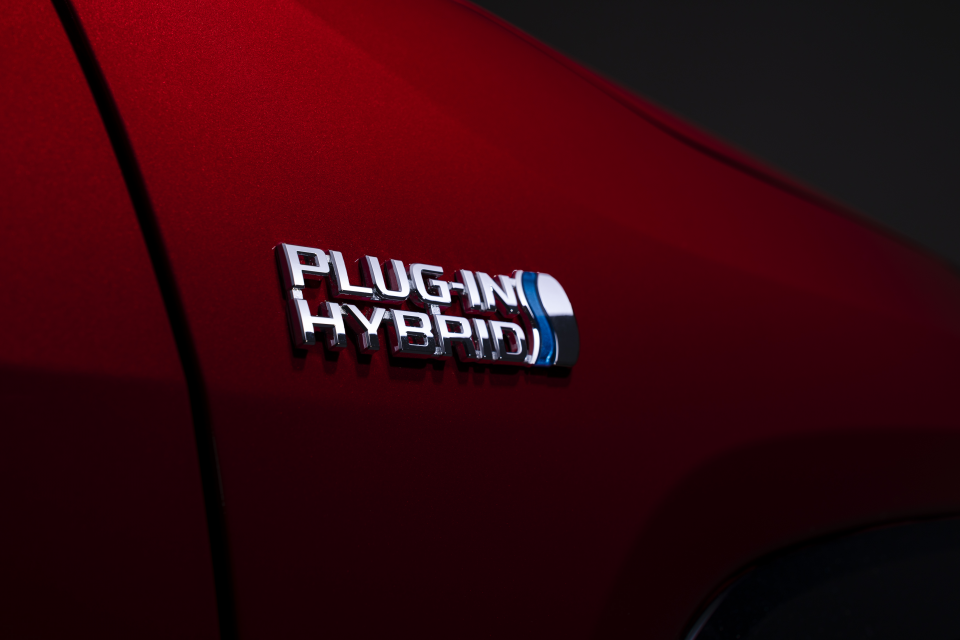
That’s despite demand greatly outstripping supply in markets like the USA, down equally to high demand and production snags. It’s also despite the fact about two-thirds of RAV4 sales in Australia are hybrid now, and the company still has months-long waiting lists on its hands despite supply increases.
“There’s a proportion [of RAV4 hybrid buyers] that want the PHEV, but at the moment with the RAV4 Prime there is still an issue around the affordability of that vehicle. This is not a cheap vehicle,” says Toyota Australia head of product planning Rod Ferguson.
“I think there’s a place for them, especially around those areas where you don’t have to drive far each day, so you can rely a lot on that short EV range. But we have just got to make sure it’s suitable and affordable.”

In the UK and USA, RAV4 Primes cost (respectively) 22 per cent and 33 per cent more than a top-of-the-range RAV4 regular Hybrid. Using this crude calculation, based on the circa $46,500 list price of a top-spec RAV4 Hybrid in Australia, a RAV4 Prime would demand a $10,000-$14,000 premium above this.
The company deems this resultant $60,000-plus price-tag a bridge too far for the majority of people. And while Toyota was willing to sell the first batch of Yaris GR hot hatches at near (or maybe below) wholesale cost to stoke demand, it hasn’t expressed intent to do the same for PHEVs.
Australia’s PHEV market is becoming more populated by options, though the segment is still led by Mitsubishi’s Outlander PHEV, on sale since 2014 and entering a second generation from early next year.
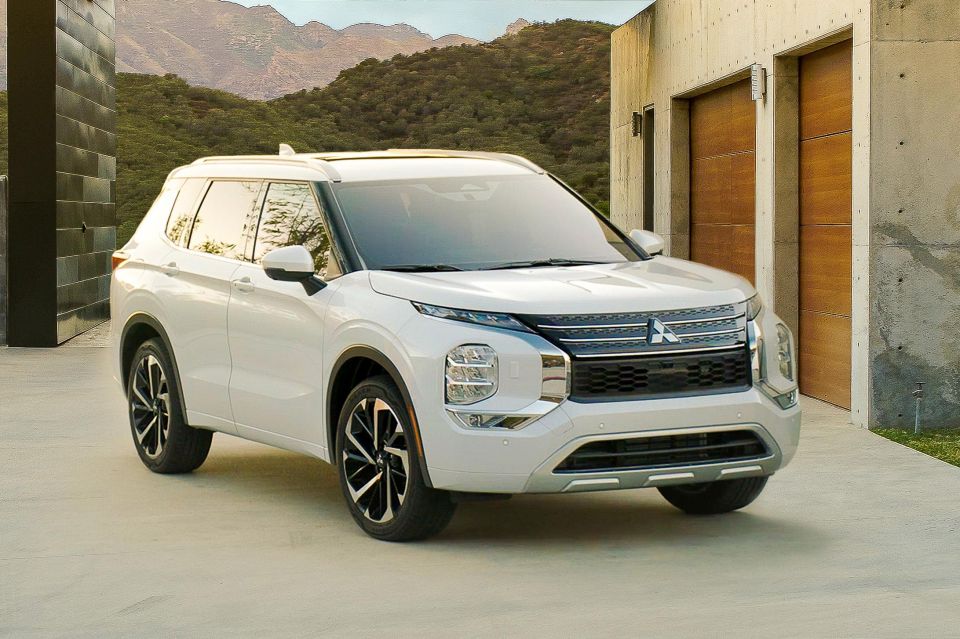
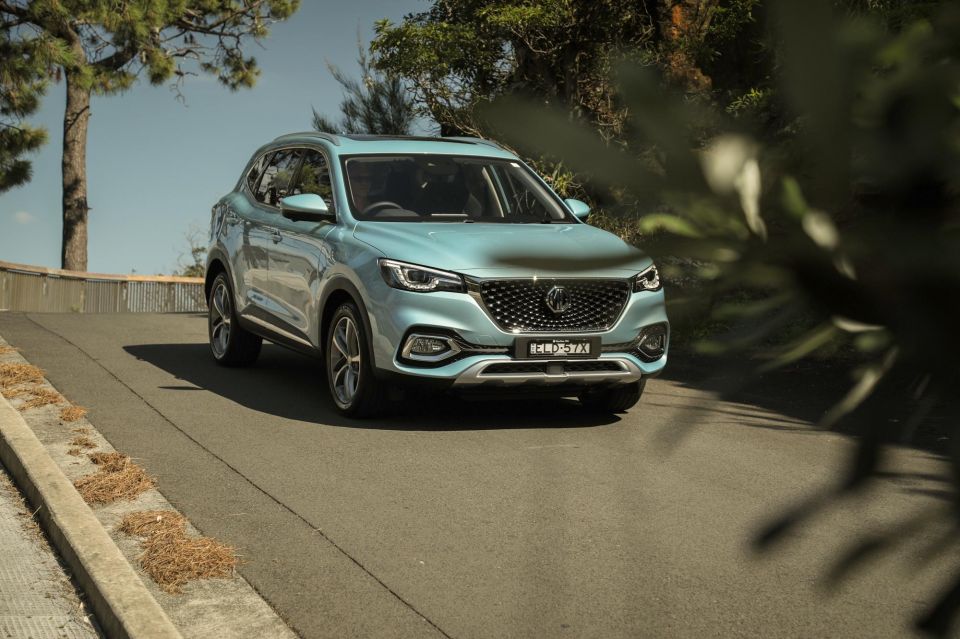

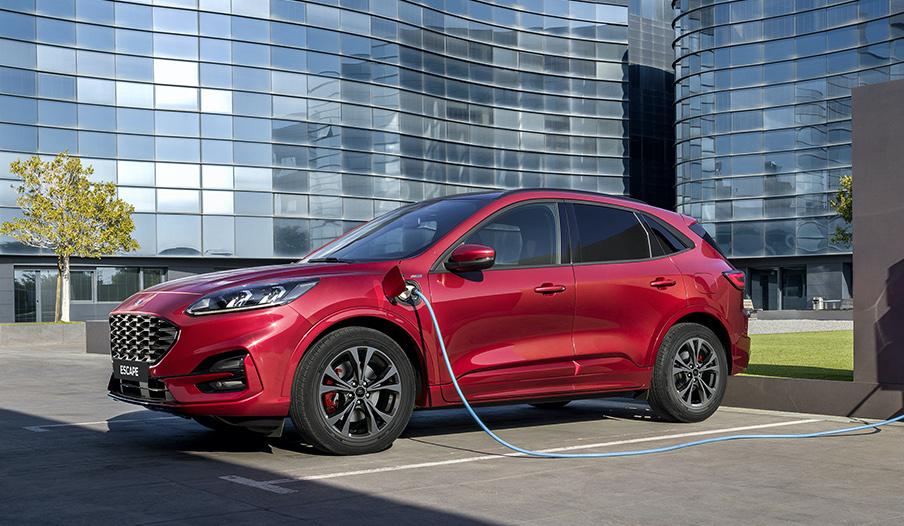
The MG HS PHEV medium SUV just hit the market, and plug-in versions of the Peugeot 3008 and Ford Escape medium SUVs, larger Kia Sorento and Mitsubishi’s own smaller Eclipse Cross, are all due by the end of 2021.
There are also luxury offerings such as the Mercedes-Benz GLC300e and Volvo XC60 T8.
“I think plug-in hybrid is inevitable at some time in the future for Toyota Australia. We’re not anti-plug-in hybrid,” said the company’s vice-president of sales and marketing Sean Hanley this week.
“But it’s all about practicality and what the market wants. And right now, the reason I think we sold 54,000 hybrid vehicles in Australia last year is simply because it doesn’t require any great [charging] infrastructure [above] what we have right now.
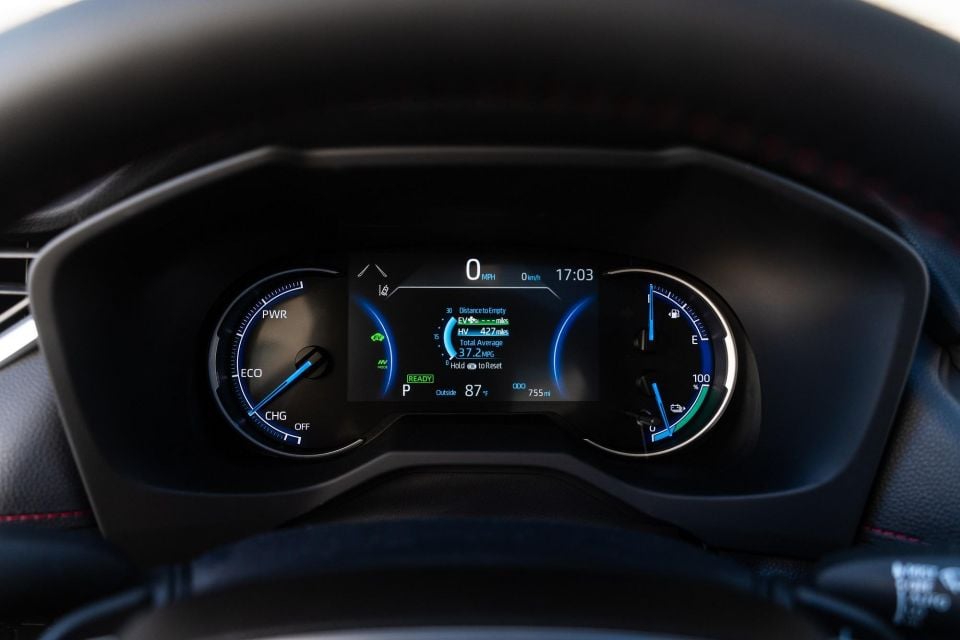
“And it certainly does provide benefits. It’s affordable, performs well, infrastructure’s here now, it does reduce CO2 emissions, which is fuel consumption. But you know, we’d never rule out plug-in hybrid as an option.”
Toyota is far and away the Australian market leader in regular hybrid vehicles, having sold 54,000 here in 2020, equal to 26 per cent of its grand total. Growth has exploded over the past three years and the brand now offers hybrids across eight model lines.
It this week pledged to have hybrid HiLuxes, HiAces and LandCruisers by 2030 at the very latest too.

As flagged earlier, this means Toyota will launch its first EV before its first PHEV in Australia. The bZ4X was revealed as a late-stage concept in Shanghai this week. It is the first of a promised seven global ‘bZ’ branded EVs to be launched by 2025 across numerous passenger, SUV and van segments.
Toyota also launched fleet sales for its second generation Mirai hydrogen fuel-cell electric vehicle (FCEV) last week and is bullish about that technology’s long-term applications, quite contrary to more skeptical Volkswagen and Tesla.
Currently, Toyota offers 55 electrified models globally, which it plans to grow to approximately 70 by 2025, including hybrid, PHEV, EV, and FCEV.
Where expert car reviews meet expert car buying – CarExpert gives you trusted advice, personalised service and real savings on your next new car.


James Wong
13 Hours Ago


Derek Fung
15 Hours Ago


Max Davies
2 Days Ago


Damion Smy
3 Days Ago


CarExpert.com.au
3 Days Ago
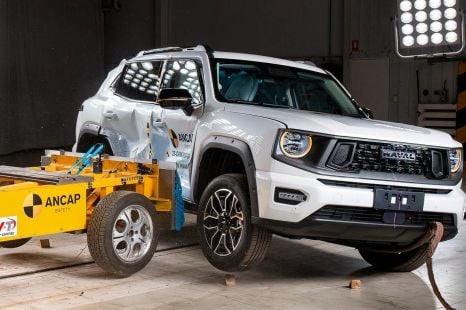

James Wong
3 Days Ago